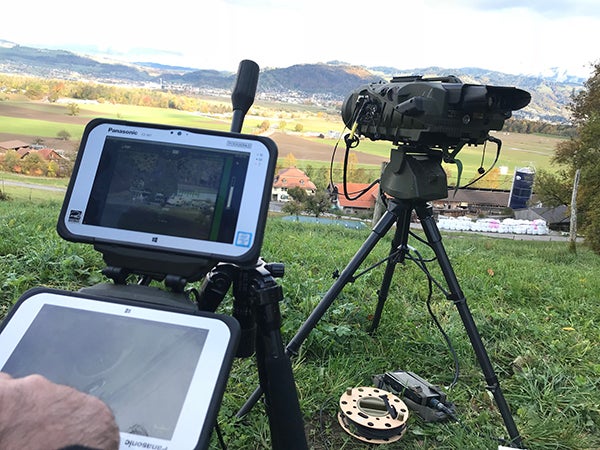
Elbit Systems’ artificial intelligence (AI)-enabled man-packed fire support system HattoriX has concluded a set of capability demonstrations in Europe.
Launched in November 2018, HattoriX showcased its passive / active target acquisition capabilities for eight Western European nations.
The system has been operational with the Israeli Defense Force since 2019.
It is designed for forward observers and other tactical teams such as Forward Air Controllers, Joint Terminal Attack Controllers, reconnaissance teams, as well as field intelligence and Special Forces.
HattoriX can acquire Category 1 targets safely and quickly (target location error of few a metres) without using any emitters.
This enables the effective engagement of Time Sensitive Targets (TST) with a simple tap on a touchscreen display.
HattoriX enables to close ‘sensor-to-shooter loops with three intuitive touches on a screen’.
These include a touch to acquire the target, issue the precise target coordinates, and send all of the target information to the fire support systems.
Elbit noted that the demonstrations in the Western European countries were conducted in urban locations and in open fields. They were performed in various simulated operational scenarios during the day and night.
It provided the users with an opportunity to experiment with the capability first-hand.
HattoriX features a payload agnostic mission computer, Goniometer, a touchscreen display unit and a lightweight tripod.
Earlier this month, Elbit Systems secured a contract to supply new vehicular tactical computers for the Royal Netherlands Army (RNLA).



